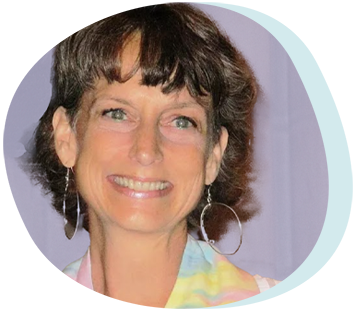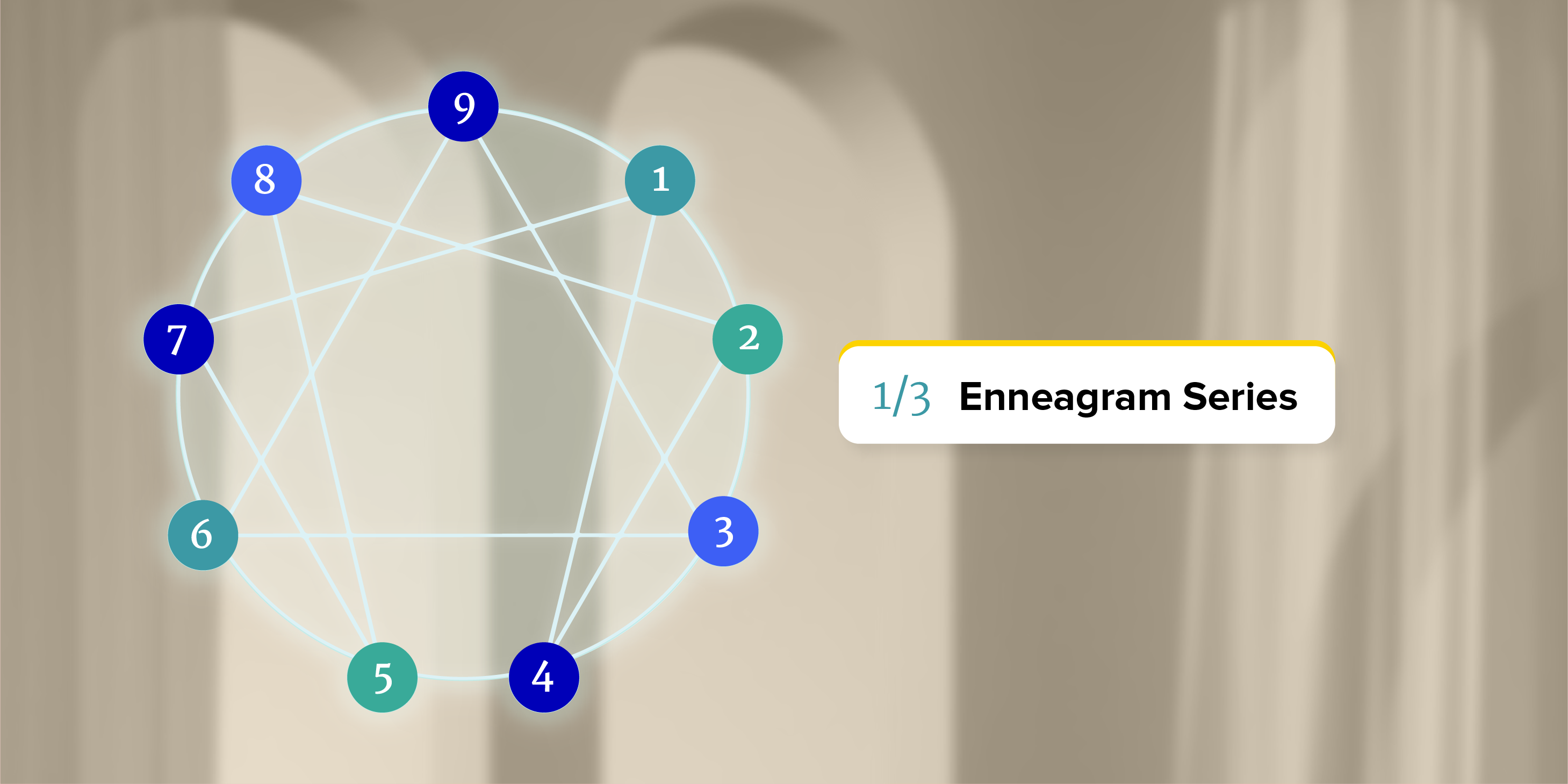Written by: Rev. Andrea “Ani” Vidrine, LCSW
Life in a Pandemic
How do we cultivate peace and achieve a sense of wellbeing in the course of everyday life during a pandemic? Addressing psychological and emotional suffering is a significant concern in the United States today. In 2019, 19.2% of adults in the United States received either medication and/or counseling for mental health issues. Compared to pre-COVID-19 pandemic data from the second quarter of 2019, at the end of June 2020 anxiety levels had risen three-fold and depression symptomology was four times greater. Statistics from September 2020 suggested that these harmful effects were persistent. Feelings of separateness and fear, as well as our own negative self-evaluation, can exacerbate our suffering.
Because of the collective trauma of medical professionals and the racial trauma of those disproportionately infected by COVID-19, the development of novel self-care regimes has become necessary. Accordingly, individuals have employed a variety of coping strategies during the COVID-19 pandemic. Sales of self-help books in mid-2020 rose 22% compared to earlier in that year. The use of digital health interventions, social media forums for mental health, and online support groups is also growing, as is the popularity of complementary health practices, such as yoga.

So How Do We Cope?
Positive emotional coping may be described as the ability to offer kindness and compassion to ourselves and the effective employment of cognitive skills that encourage calmness in the midst of navigating problems. Research suggests that one of the most potent coping strategies is positive reframing or creating a supportive narrative. In fact, out of all the mechanisms utilized for establishing beneficial emotional coping during this unprecedented time of widespread illness, positive reframing is perhaps the most valuable for promoting wellbeing.
Self-awareness is an integral part of constructing a beneficial narrative and can be of particular usefulness in the recovery from trauma. The ability to move from a subjective perspective, whereby one is identified with one’s own story or negative evaluation of reality, to an objective awareness, where thoughts, feelings, and sensations are seen as transitory phenomenon, can be an important internal shift for personal growth. This movement from subjective to objective awareness has been called reperceiving or non-attachment. By taking the seat of the inner witness or observer in the act of detaching or reperceiving, we are more easily able to regulate our emotions, clarify our values, and invite flexibility into conditioned patterns of thinking, feeling, and acting.
Why the Enneagram?
In the process of reperceiving, personality typology systems can be helpful in uncovering implicit patterns and have been found to increase self-awareness. One example is the enneagram personality typology system (EPS). In the EPS, personal growth happens when we integrate the understanding of our core personality structure, replete with habitual thoughts, feelings, and behaviors, through self-reflection and self-compassion. Through the acknowledgement of implicit patterns and the subsequent disidentification with them, the inner narrative is reframed, opening the door to the transcending of self-limiting schemas.

The express intent of the EPS is to relieve the suffering that occurs from responding to life in a conditioned, habitual way. The enneagram is a nine-pointed symbol that was explicated as an esoteric system of personal transformation which evolved into a personality typology. George Gurdjieff, a Greek Armenian born around 1875 and a contemporary of Sigmund Freud, introduced the enneagram symbol to the modern world. Gurdjieff articulated a program, currently known as The Work (or efforts on conscious transformation) that is an integration of psychology, spirituality, and cosmology which centers around the enneagram symbol, the law of three, and the law of seven. He did not teach the EPS, however. The EPS originated in its present form in the early 1970’s through the work of Bolivian-born philosopher, Oscar Ichazo, and Chilean-born psychiatrist, Claudio Naranjo. As a personality typology system, the EPS can be an efficacious tool in personal growth and its nuances continue to evolve.
Enneagram Concepts
The enneagram symbol is comprised of three parts: a circle, a triangle, and a hexad. The circle represents Essential Unity, the common denominator of God for religionists and Spirit for philosophers. Inherent in this construct is the concept of nonduality or the idea that all is one. This is akin to the Buddhist notion of dependent co-arising which states that nothing is independently self-sufficient or self-sustaining, but that relationship is the basis of existence. All beings dependently originate, as do emotions and thoughts, and as change occurs in one area, it impacts everything and everyone. The practical application in our own lives or with our clients is to notice how we create good guys and bad guys in our stories, a victim/persecutor narrative that does not support peace.
How might my (or my client’s) experience in this moment be different if I saw the players in the story as part of a unified whole, for each other and not against?
The triangle within the enneagram symbol represents the law of three or a process of becoming. The law of three demonstrates how reality emerges in three stages. The first stage is the baseline, then resistance is introduced, and through a third force, transformation/integration occurs. This process has been described in various ways, such as: affirming, denying, reconciling; thesis, antithesis, synthesis; unconditional love, conditional love, reconciling love; and initiation, differentiation, integration. In the practical application in our own lives or with our clients, the benefit is in noticing how the ego resists the present moment or circumstance through a disordered need for approval, security, and control and the tactics that are therefore employed in an attempt to manipulate reality.
How might my (or my client’s) experience in this moment be different if I let go of resistance and simply did what is mine to do?
The enneagram hexad represents the law of seven. Gurdjieff suggested that developmental processes occur in seven stages that do not progress evenly, but experience interruptions, much like a piano keyboard has whole steps that are interrupted by half steps between mi and fa and si and do. The relevance of the law of seven is that life does not proceed in a linear fashion but has necessary diversions or interruptions that contribute to the growth and maturation of the individual. Even the introduction of “shocks” to our system can facilitate needed inspiration. In the practical application in our own lives or with our clients, the benefit is in noticing where there is stagnation and where the energy is active and then following the energy, even if it leads in an unexpected direction.
How might my (or my client’s) experience in this moment be different if I trusted my instincts and the process of life?
The Enneagram Personality Typology System (EPS)
With the introduction of material by Ichazo and Naranjo, each point on the enneagram symbol corresponds with a personality type that is associated with a basic human vice (anger, pride, deceit, envy, greed, fear, gluttony, lust, and sloth) and with the opposite virtue (serenity, humility, authenticity, equanimity, non-attachment, courage, sobriety, mercy, and decisive action). Identifying your type helps you to see how your vice has been operating unconsciously and points the way to the embodiment of your virtue. The ability to recognize your habitual thoughts, emotions, and behaviors gives you a wonderful advantage in breaking loose from negative patterns, making positive choices, and creating a new narrative.
In the next two blogs, we will look at how the processes of introspection and integration, in the context of the EPS, facilitate peace of mind and freedom. References: https://drive.google.com/file/d/1r0zsxftYUo7gJV8Lrfa6f8rPs2Hgjh_n/view?usp=sharing
Note: If you are not aware of your enneagram type, here is a link to a free enneagram assessment. Read about your top three results and then decide which one fits the best. Just because you score highest in one type does not mean that it is your type. All types share characteristics of one another, so it is important to do a little digging: https://www.eclecticenergies.com/enneagram/dotest.
About the Author
Rev. Andrea “Ani” Vidrine, LCSW serves as a licensed clinical social worker, spiritual director, enneagram mentor, and interfaith/interspiritual minister. She has provided continuing education for counselors through TPN, the NASW/Louisiana chapter, the Louisiana Association for Spiritual, Ethical, and Religious Values in Counseling, and dietitians through the Council on Renal Nutrition. Ani currently serves on staff at The Shalem Institute for Spiritual Formation in Washington, D.C. in their Spiritual Guidance program. For more information, please visit her website at www.alovecenteredlife.com.


Rev. Andrea “Ani” Vidrine, LCSW
